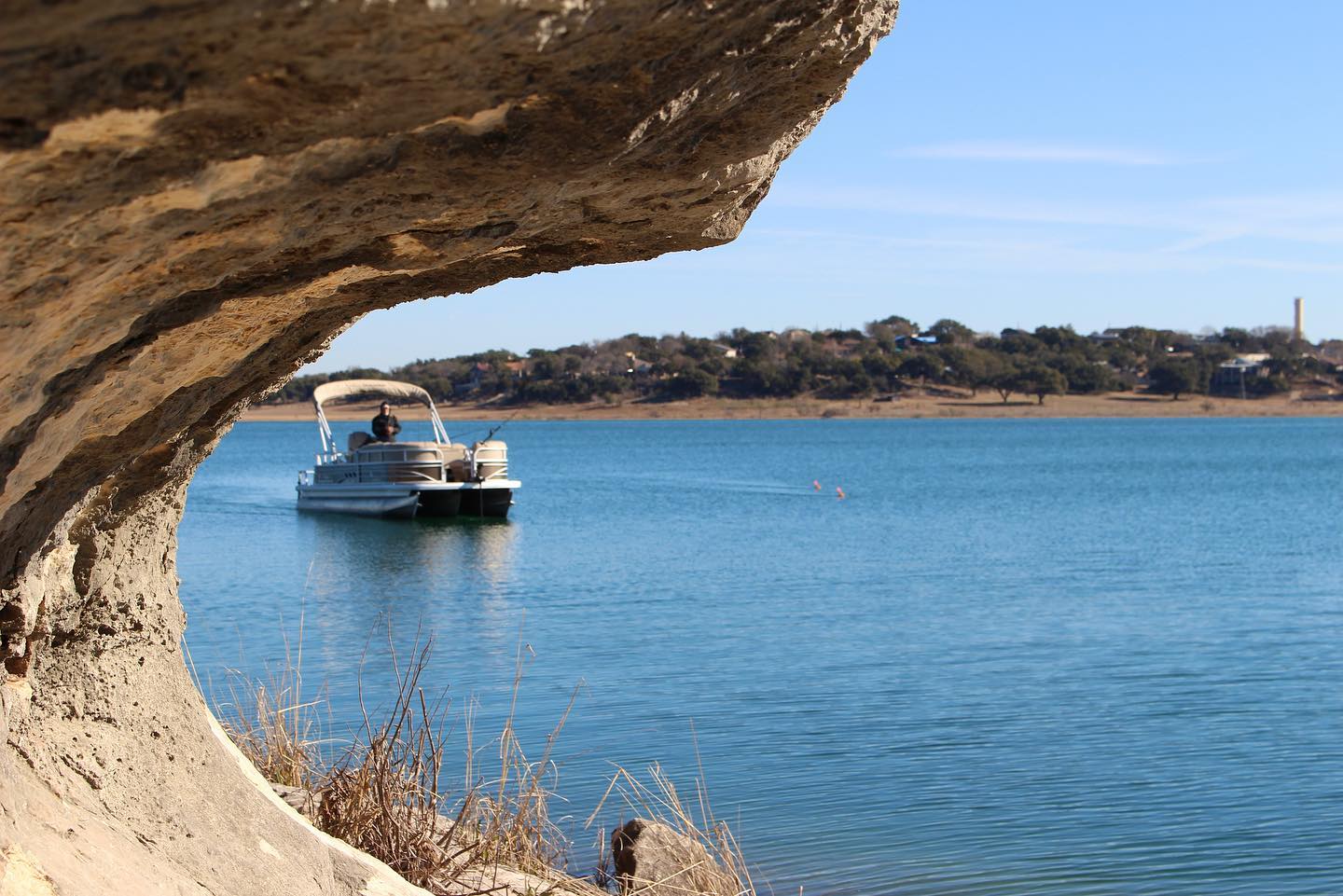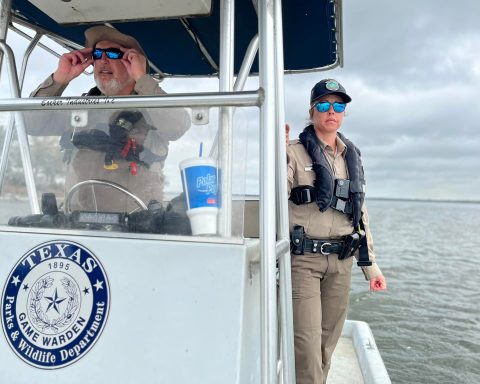Comal County Judge Sherman Krause today released a draft outline of his proposed and long-awaited Comal County Boat Ramps Operations Plan.
The county has $1 million in funds from the American Rescue Plan Act of 2021 that are earmarked for improvements at county boat ramps around Canyon Lake.
Although Krause’s draft does not hint at how that money might be used to help alleviate overcrowding and other issues at the nine boat ramps operated by the county — four other boat ramps are operated by the U.S. Army Corps of Engineers (USACE), three by Joint Base San Antonio (JBSA) and three others by privately owned marinas — it’s the first clear picture of what the county envisions for the future of its problematic boat ramps.
He said the outline provides a framework that will serve as a basis for input from the public and key stakeholders.
The plan’s guiding principles are public safety, environmental protection, lake access, consistency and ease-of-use, season, and impact to neighborhoods/parks/facilities.
Partnerships and stakeholders identified in the document include elected officials, law enforcement, fire/EMS, various user/community groups (boating/non-boating, commercial/residential), Water Oriented Recreation District of Comal County (WORD), Guadalupe-Blanco River Authority (GBRA) USACE and JBSA.
Problems outlined by Krause with the help of the Canyon Lake Boat Ramps Community Alliance (CLBRCA), a group of citizens formed to help commissioners tackle the issues surrounding boat ramps, include:
- Ramp congestion
- Ramp safety (vehicles v. pedestrians, swimmers/divers v. watercraft)
- Parking
- Access for boaters/non-boaters
- Rules and enforcement
- Infrastructure
- Maintenance and trash cleanup
- Restrooms
Krause broke potential projects down into a timeline.
Short-term solutions (one year) are:
- Placing “No Swimming” signs in prominent areas
- Paving, striping
- Increasing law-enforcement presence during peak weekend
- Increasing garbage pickup during peak weekends
Mid-term solutions (two to five years) include:
- Trails providing pedestrian access to Canyon Lake
- Paving, striping, etc.
- Adding boat docks
- Adding parking for non-trailer vehicles
- Creating an ‘Adopt a Boat Ramp’ program
Long-term solutions, beyond five years are:
- Acquiring additional property for parking, access, etc.
- Reviewing the need for additional funding sources
CLBRCA’s Doug Leecock said his group is looking forward to working with Judge Krause and other commissioners and stakeholders to develop an action plan “for solutions to the apparent issues at Canyon Lake.”
However, he said the court also needs to consider conducting a boat-use study, which was identified by USACE in Section 6.3 of its 2017 master plan.
According to USACE’s Fort Worth District’s 2002 policy governing water-related recreational development, there is a target capacity of 22 surface acres of boatable water surface for each vessel on the water during peak use periods.
“Using the number of boat-ramp parking spaces, wet-storage slips and dry-stacked storage slips as a basis for calculating potential boating activity, USACE can determine whether any proposed additions of parking spaces or storage slips has the potential to exceed the target capacity,” the report said. “USACE has determined that the number of existing parking spaces and slips at Canyon Lake as of the date of this plan has the potential to exceed the target capacity and may have already exceeded the target. In view of this potential, USACE would require a comprehensive water-related recreation use study prior to making a decision to approve or deny a proposal for additional slips or boat-ramp parking spaces at Canyon Lake.”
USACE said it does not have adequate funding to conduct a recreational boating study.
“How to fix all of these things derives from knowing how many folks are on the lake,” Leecock said.
Krause’s outline comes after months of debate which began in June 2020 when Canyon Lake Commissioner Donna Eccleston, Pct. 1, proposed the words ‘free public access” and “free public use” be removed from an agreement with the USACE.
Dozens of Canyon Lake residents worried about losing free access to the area’s biggest amenity turned out at subsequent Commissioners Court meetings to protest what she considered a minor language change.
Many asked instead that commissioners take a broader look at what’s happening at the ramps, which were designed to provide lake access to small neighborhoods being built in the 1960s and 70s — not to accommodate the millions of visitors who flock to Canyon Lake annually today.
Pct. 4 Commissioner Jen Crownover, also the driving force behind the Dam Community Alliance, another stakeholder group which partners with USACE to fund amenities and improvements to parks, said she gave Krause and commissioners Scott Haag, Pct. 2 and Kevin Webb, Pct. 3, three- to four-hour personal tours of boat ramps and explained their unique characteristics.
She said Water Oriented Recreation District of Comal County (WORD) General Manager Mike Dussere and several members of law-enforcement also tagged along to explain issues surrounding enforcement and trash pickup.
“They’ve seen it through much different eyes than seeing this stuff on paper, and they realize that it’s much more complex,” Crownover said.




